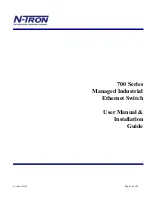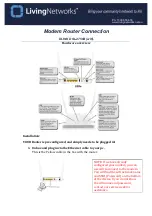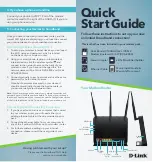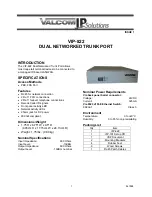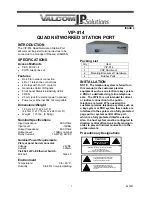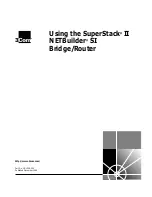
MLR 3G 2.0
Functions
Configuration with the web interface
In order to
enable
port forwarding
, check in the menu "Dial-Out" on the page
"Port forwarding" the checkbox "Activate port forwarding for Dial-Out con-
nections".
In order to
create a forwarding
rule
, select the protocol (TCP or UDP) and the
port range, for the incoming packets at the MLR 3G 2.0. Enter an IP address for
the routing destination in the entry field "to IP address" and a port in the entry
field "to port"; this is the address and the port where the packets are routed
to. Click on "OK" to store the rule.
In order to
disable an existing rule
, disable the checkbox "active" and then
click on "OK".
In order to
delete an existing rule
, check the checkbox "delete" and then click
on "OK".
The rules in the list are processed from top to bottom. If two rules contradict
each other (for example, the same port is used twice), only the rule which is
further up in the list will be processed.
10.4.8
Defining the Exposed Host
As an option, the MLR 3G 2.0 can forward all packets which do not comply with any port
forwarding rule, to a predefined computer in the LAN, also called "Exposed Host" (for ex-
ample, for diagnostic purposes). The setting for the exposed host is in principle a port
forwarding rule without criteria, which therefore applies to all packets. The exposed host
contains all packets which have not been requested by the local network of the MLR 3G
2.0 or which have not been forwarded to a participant in the local network by a port for-
warding rule. If no exposed host is configured, these incoming packets are discarded.
Configuration with the web interface
In order to
define
an
exposed host
, enter in the menu "Dial-Out" on the page
"Port forwarding" in the entry field "Exposed host" the IP address of a com-
puter in the LAN, which shall be accessible from outside via all ports.
Save your settings
by clicking "OK".
47































